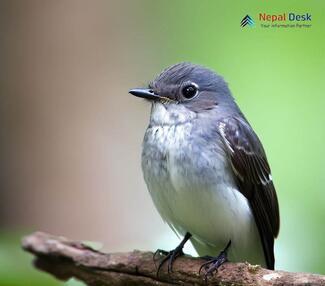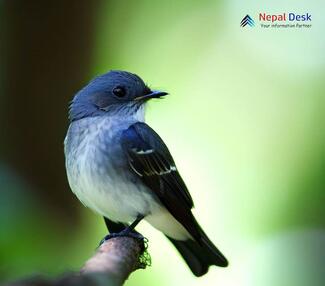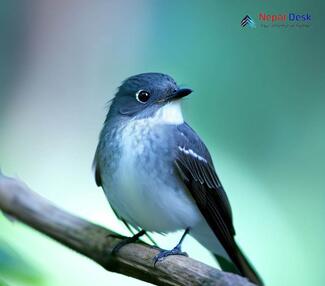Nepal, a haven for nature enthusiasts and birdwatchers, hosts around 900 bird species, one of which is the mysterious Dark-sided Flycatcher (Muscicapa sibirica). This lesser-known bird in the richly diverse region offers an exciting challenge for bird lovers. Belonging to the Muscicapa genus in the Old World flycatcher family Muscicapidae, the Dark-sided Flycatcher is also called the Siberian flycatcher or sooty flycatcher, which can be confused with African's sooty flycatcher (M. infuscata). In this article, let's delve into the captivating world of this rare gem and discover the joys of finding it in Nepal's various landscapes.
Taking a closer look at the Dark-sided Flycatcher
The Dark-sided Flycatcher is part of the Old World flycatcher family. Adults have a dark grayish-brown upper body and a white throat with underparts that can seem pale yellow or creamy. The most striking characteristic is its dark gray-brown sides, giving this secretive bird its name.
Originally from Asia, it breeds in countries such as Siberia, Mongolia, Northern China, and the Himalayas. To avoid harsh weather during winter months, it migrates southwards to Southeast Asia and India. In Nepal, you can spot them during migration times – between April-May in spring and September-November in autumn.
Best locations to find the Dark-sided Flycatcher
To catch a glimpse of this hidden gem in Nepal, be ready to explore lush forests and remote destinations. Top spots include:
- Shivapuri National Park: On Kathmandu Valley's outskirts, this park provides an easy adventure for those wanting to observe various bird species close to Nepal's capital.
- Bardia National Park: Positioned in western Nepal’s Terai region, this protected area contains over 400 recorded bird species. Venturing into this off-the-grid park may be rewarded with unique sightings, like the Dark-sided Flycatcher.
- Koshi Tappu Wildlife Reserve: This wetland reserve in southeastern Nepal boasts the country’s highest recorded bird diversity. Its singular ecosystem attracts migratory birds, such as the Dark-sided Flycatcher, during their transit.
Guidelines for sustainable birdwatching
As birdwatchers, it's crucial to follow responsible practices and contribute to conserving these captivating creatures. When searching for Dark-sided Flycatchers in Nepal's wilds, remember these guidelines:
- Respectfully maintain distance from nesting sites or feeding areas, as disrupting birds can negatively impact their breeding and feeding success.
- Refrain from making loud noises or using flash photography to prevent stressing or scaring the birds.
- Choose tour guides committed to eco-friendly practices and supporting local communities.
Nepal's varied landscape and rich biodiversity make it a must-visit destination for all bird enthusiasts. Chasing the elusive Dark-sided Flycatcher opens doors for exploration, learning, and new discoveries. As you embark on your journey through Nepal's natural marvels, approach each sighting with admiration and awe for these truly incredible creatures. Happy birdwatching!




